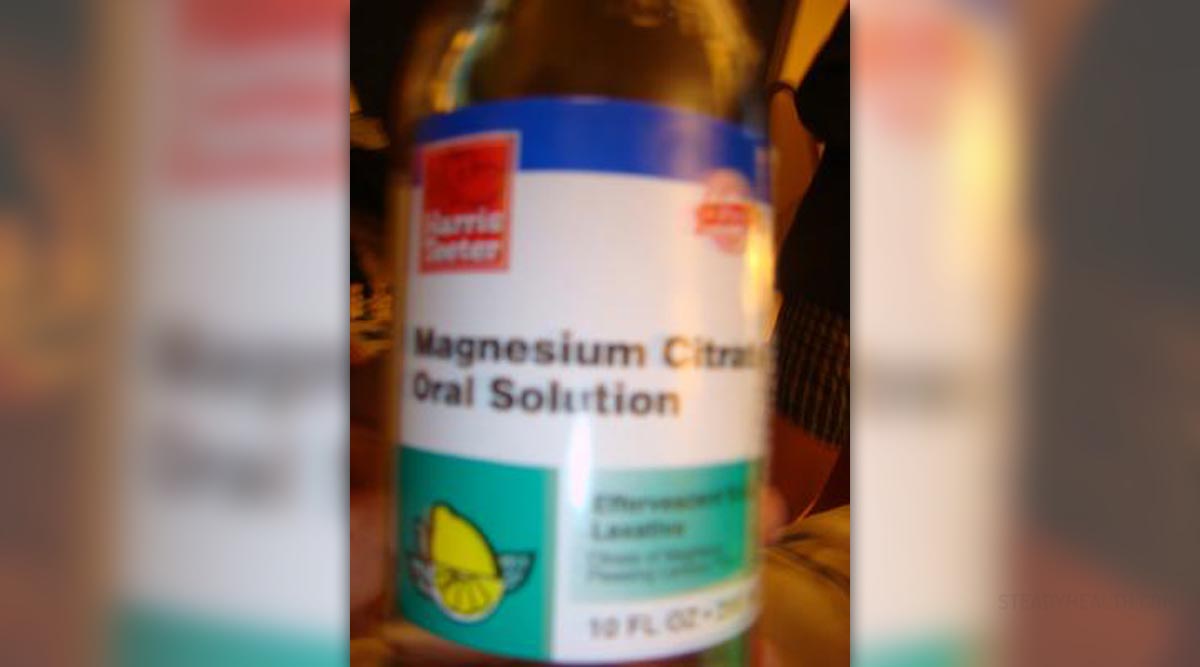

No special dosage instructions are available. ECG monitoring is recommended with high doses and in the elderly. Patients with renal insufficiency should receive 25-50% of the initial dose recommended for patients with normal kidney function. Therapy should continue until paroxysms cease.įor deep intramuscular injection, the solution should be diluted to a 20% or less concentration prior to administration in children.

Maximum infusion rates should not exceed 2 g/hour (8 mmol Mg 2+/hour). As a general guideline, 8-12 g of magnesium sulfate (32-48 mmol Mg 2+) can be administered in the first 24 hours followed by 4-6 g (16-24 mmol Mg 2+) per day for 3 or 4 days, to replete body stores. Therapeutic levels are reached almost immediately with appropriate intravenous doses and within 60 minutes following intramuscular injection. Magnesium sulfate heptahydrate 1 g = 98.6 mg or 8.1 mEq or approximately 4 mmol magnesium (Mg 2+). Magnesium Sulfate 50% w/v solution may be administered by intravenous or intramuscular routes (see Method of administration below). Date of first authorisation/renewal of the authorisation

Epsom Salt Granule (Equate Wal-Mart Stores, Inc.). Wolters Kluwer Clinical Drug Information, Inc. American Society of Health-System Pharmacists, Inc. Plasma protein-binding: 30%, to albumin.Įxcretion: Via urine (as magnesium) faeces (as unabsorbed drug).Īnon. Laxative: 0.5-6 hours (oral).ĭuration: Anticonvulsant: 3-4 hours (IM) 30 minutes (IV).Ībsorption: Slowly and poorly absorbed from the gastrointestinal tract (approx one-third is absorbed from the small intestine).ĭistribution: Distributed to bones and extracellular fluids. Onset: Anticonvulsant: 1 hour (IM) Immediate (IV). It also acts on the myocardium by decreasing the rate of SA node impulse formation and prolonging the conduction time. When administered parenterally, it decreases levels of acetylcholine in motor nerve terminals.

Magnesium sulfate when taken orally increases peristaltic activity by causing osmotic retention of fluids, thus resulting in bowel evacuation. It plays an important role in neurochemical transmission and muscular excitability. Description: Magnesium is an important cofactor for enzymatic reactions.


 0 kommentar(er)
0 kommentar(er)
